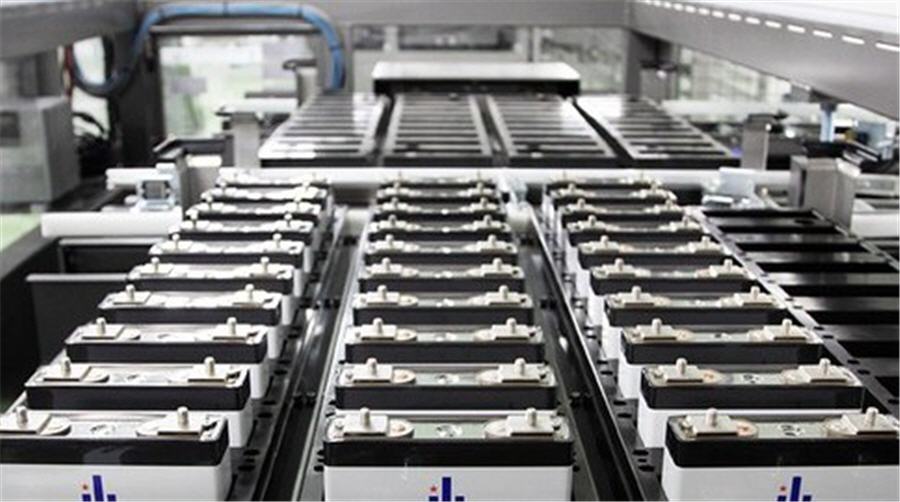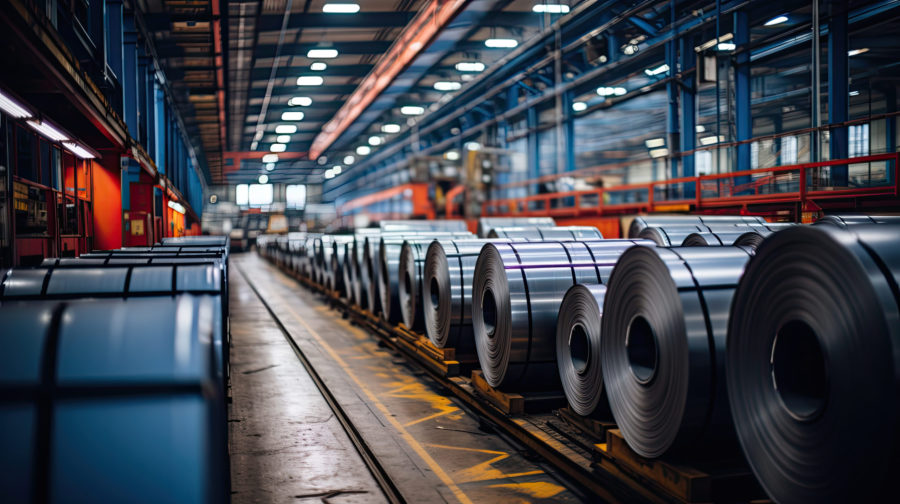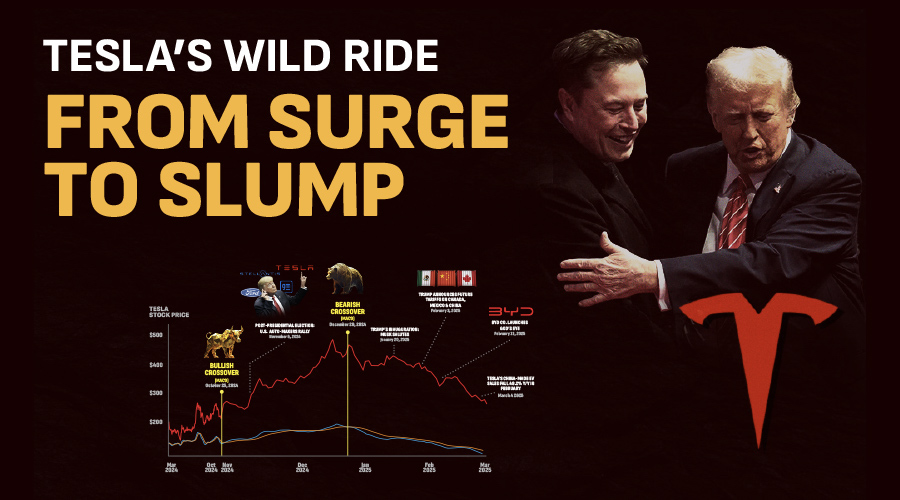Canada’s Sherritt eyes nickel products for booming battery market

The rise of electric cars is spurring Sherritt International Corp (S.TO) to consider branching into producing the types of nickel most sought after by battery manufacturers, the chief executive of the Canadian company said on Monday.
David Pathe said Sherritt, which is one of the world’s largest producers of nickel, was studying the economics around building a plant to produce nickel sulphate, a powder-like substance particularly suited for use in batteries.
Sherritt already produces high-grade nickel for use in the stainless steel industry and in sophisticated applications including batteries. The company does not produce nickel sulphate, which consistently fetches a price premium over London Metal Exchange-traded nickel.
BHP Billiton (BHP.AX) (BLT.L), the world’s biggest mining house, said last month it planned to spend more than $43 million building a sulphate plant in Australia as part of a broader plan to reposition its long-suffering nickel business around batteries.
“Amongst other things, we are looking at what it would take to produce a sulphate like that,” Pathe said in an interview.
Sherritt was also studying “what other forms of nickel may be most desirable to battery makers” as the battery industry evolves, he said.
Sherritt has no timeline on completing its study, Pathe said, adding that the investigation was not a “big new initiative” but rather part of the company’s ongoing effort to be more competitive.
Sherritt produces nickel and by-product cobalt, another metal used in electric car batteries, at its Moa joint venture mine in Cuba and at the Ambatovy mine in Madagascar.
After six years of weakness, nickel prices CMN13 have jumped 36 percent since mid-June helped by a resurgent market for steel, its chief end-product, but also by bullish forecasts for electric vehicle sales over the next three decades.
Most electric vehicles rely on lithium-ion batteries, with the main component comprised mostly of nickel.
The production and use of electric cars is projected by Morgan Stanley to rise to 9.4 percent of 102 million new vehicles in 2025, from 1.1 percent of 86.5 million this year.
By 2050, 81 percent of 132 million new auto sales will be electric, Morgan Stanley says.
Even on some of the more conservative estimates for electric vehicle penetration, “it is not clear where all the nickel is going to come from to support that,” Pathe said.
Certainty of supply is a concern for battery manufacturers, he said, adding that some are looking for longer-term commitments on supply.
“It makes us optimistic for long term nickel prices,” he said.
Reporting by Nicole Mordant in Vancouver; Editing by Chizu Nomiyama and Marguerita Choy
More News
Canada initiates WTO dispute complaint on US steel, aluminum duties
The move follows a separate request on March 5 for consultations with the US after Trump's new 25% tariffs on imports from Canada and Mexico took effect,
March 13, 2025 | 02:02 pm
Infographic: Tesla’s wild ride from surge to slump
Elon Musk’s political influence once boosted Tesla’s stock—but is it now weighing it down?
March 13, 2025 | 09:45 am
{{ commodity.name }}
{{ post.title }}
{{ post.excerpt }}
{{ post.date }}



Comments